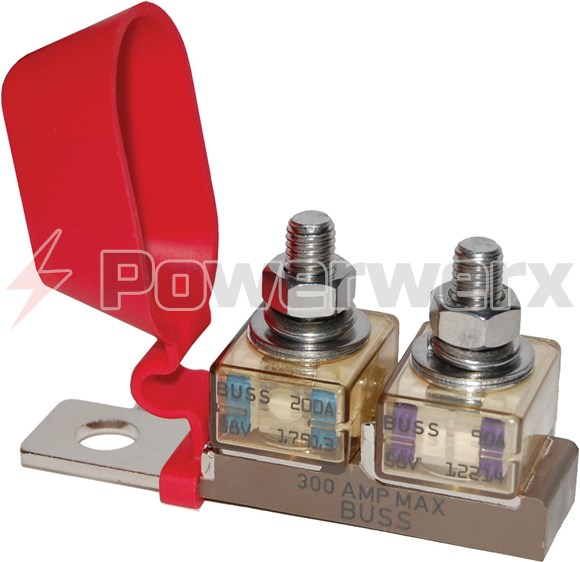Hello
New member but long time lurker.
I was hoping to get some feedback on my sytem and any input would be appreciated.
1 have a 12v system for my off grid cabin in the gulf islands, B.C.
1x120 w panel
4x60w panels
My plan is as follows.
All panels will be wired parallel using a home made combiner box that is water proof and sealed.
10 gauge wire from panels to combiner box. My estimate is that in parralel, i will be getting about 20 amps
From combiner box, I will run 8 gauge to a 30 amp thermal breaker from Blue Sea.
The wire run is approx 20-25 feet max.
From breaker to charger controller, I will be running 8 gauge again unless my charger controller terminals will not take an 8 gauge wire and then I will use 10 gauge. I currently have a 30 amp pmw enerwatt that seems to be working fine with the one panel that I am already using.
From Charge controller to battery bank, I will run 8 gauge wire. Again, I will use 10 if 8 will not fit my CC. I will need another fuse here I am told and not sure what to use.
I have just purchased 2 6v golf batteries. I have a 1/0 bridge cable that I will use.
I have a samlex 600w pure sine inverter that I plan on using to run my small mini fridge.
I have used a killowat meter on it with regular conditions such as leaving the door open etc..i have a teenager so i know how a fridge is really used.
It pulls 50 watts while compressor is running and seems to run about 6-7 hours in a 24 hour period. I plan on using a timer at night to limit usage.
My questions are
1. Do i need to fuse each panel prior to my combiner box or is the 30 amp breaker enough.
2 What size of wire if best from my batteries to inverter.?
3. Can I use regular 8 awg outdoor if all my terminals are sealed and water proof.
I am sure I missed a few things but that is my starting point as this juncture of my journey.
Looking forward to any input and ideas.
Thanks
New member but long time lurker.
I was hoping to get some feedback on my sytem and any input would be appreciated.
1 have a 12v system for my off grid cabin in the gulf islands, B.C.
1x120 w panel
4x60w panels
My plan is as follows.
All panels will be wired parallel using a home made combiner box that is water proof and sealed.
10 gauge wire from panels to combiner box. My estimate is that in parralel, i will be getting about 20 amps
From combiner box, I will run 8 gauge to a 30 amp thermal breaker from Blue Sea.
The wire run is approx 20-25 feet max.
From breaker to charger controller, I will be running 8 gauge again unless my charger controller terminals will not take an 8 gauge wire and then I will use 10 gauge. I currently have a 30 amp pmw enerwatt that seems to be working fine with the one panel that I am already using.
From Charge controller to battery bank, I will run 8 gauge wire. Again, I will use 10 if 8 will not fit my CC. I will need another fuse here I am told and not sure what to use.
I have just purchased 2 6v golf batteries. I have a 1/0 bridge cable that I will use.
I have a samlex 600w pure sine inverter that I plan on using to run my small mini fridge.
I have used a killowat meter on it with regular conditions such as leaving the door open etc..i have a teenager so i know how a fridge is really used.
It pulls 50 watts while compressor is running and seems to run about 6-7 hours in a 24 hour period. I plan on using a timer at night to limit usage.
My questions are
1. Do i need to fuse each panel prior to my combiner box or is the 30 amp breaker enough.
2 What size of wire if best from my batteries to inverter.?
3. Can I use regular 8 awg outdoor if all my terminals are sealed and water proof.
I am sure I missed a few things but that is my starting point as this juncture of my journey.
Looking forward to any input and ideas.
Thanks


Comment